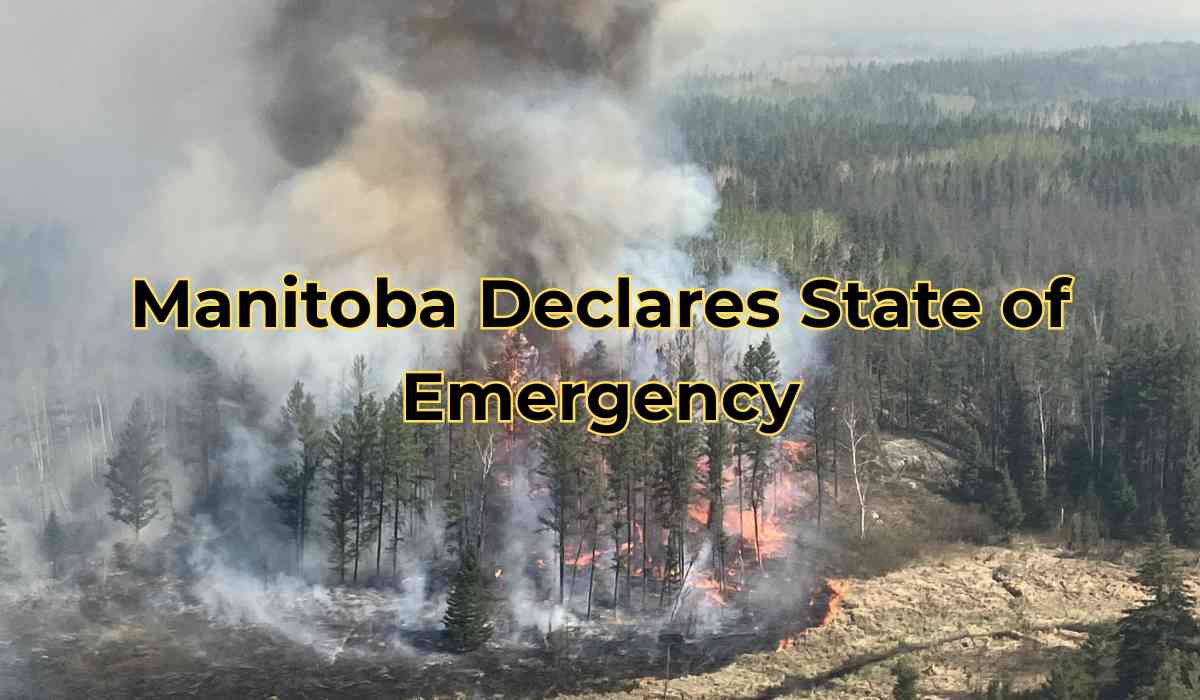The Canadian province of Manitoba is grappling with a severe wildfire crisis that has forced the evacuation of over 17,000 residents and led the provincial government to declare a province-wide state of emergency. The escalating wildfire situation reflects a broader trend of intensifying wildfire activity across Canada and around the globe, driven by climate change.
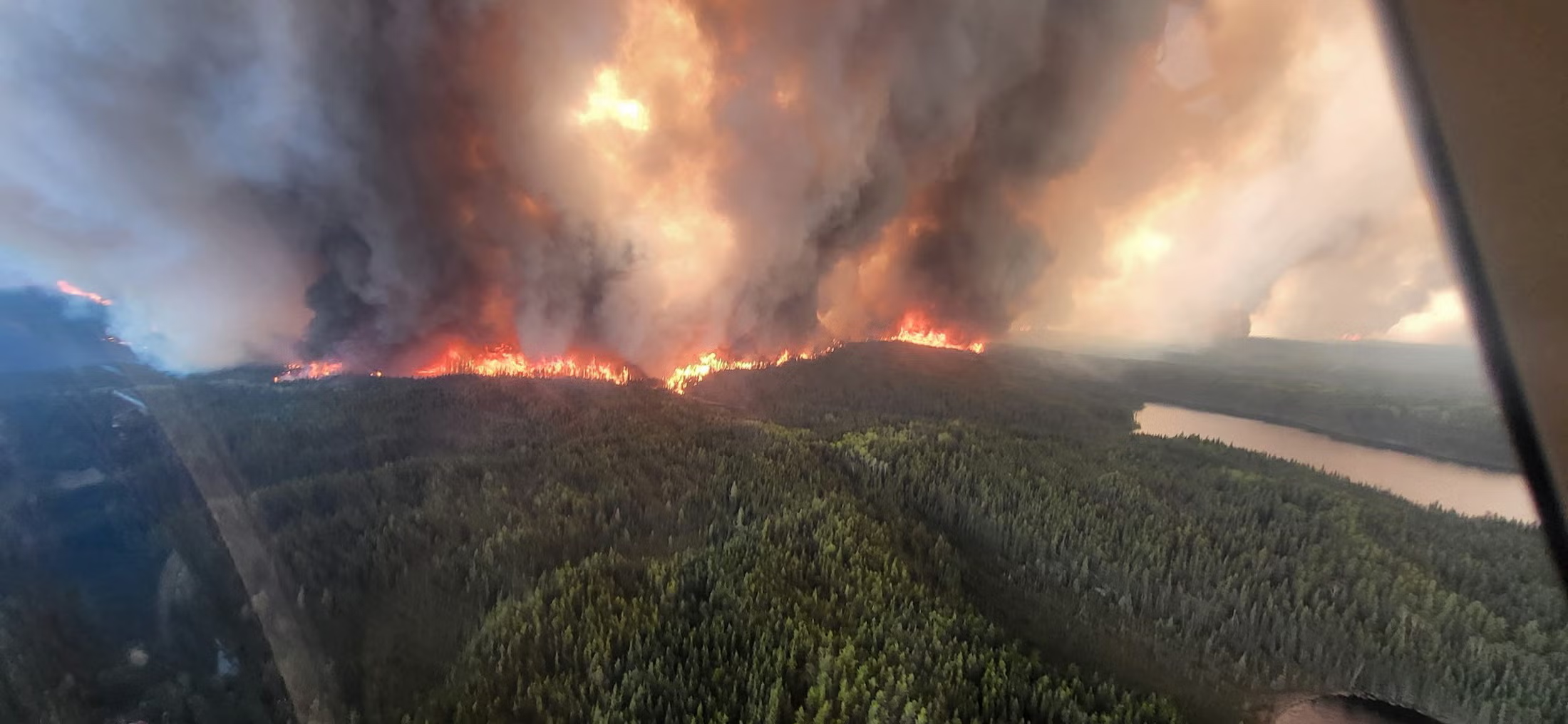
Manitoba Declares State of Emergency as Wildfires Spread Rapidly
On May 8, 2025, Manitoba Premier Wab Kinew announced a province-wide state of emergency, describing the wildfire crisis as “the largest evacuation Manitoba will have seen in most people’s living memory.” The scale of the evacuation and the severity of the fires have overwhelmed local firefighting resources, prompting Kinew to urgently request military assistance from the federal government. Prime Minister Mark Carney agreed to deploy Canadian military aircraft and personnel to aid in evacuation efforts and firefighting operations.
Massive Evacuations Underway
-
Over 17,000 residents across Manitoba have been ordered to evacuate, including many from remote northern communities.
-
The town of Flin Flon, home to approximately 5,000 residents, is one of the hardest-hit areas. Residents were instructed to evacuate by midnight due to an advancing wildfire coming from neighboring Saskatchewan.
-
Additional evacuations have been issued for remote towns and Indigenous communities, including Lynn Lake, Marcel Colomb First Nation, Pelican Narrows, and others in both Manitoba and Saskatchewan.
-
Emergency shelters have been established, and communities and businesses across the province have been called upon to assist displaced residents by “opening their doors.”
Residents like Sheryl Matheson from Sherridon described the harrowing experience: “The flames were shooting over 121 feet high, and firefighters couldn’t get close enough to the fire to do anything.” Elsaida Alerta, a Flin Flon resident, expressed the anxiety many evacuees are feeling, especially those unfamiliar with such emergencies.
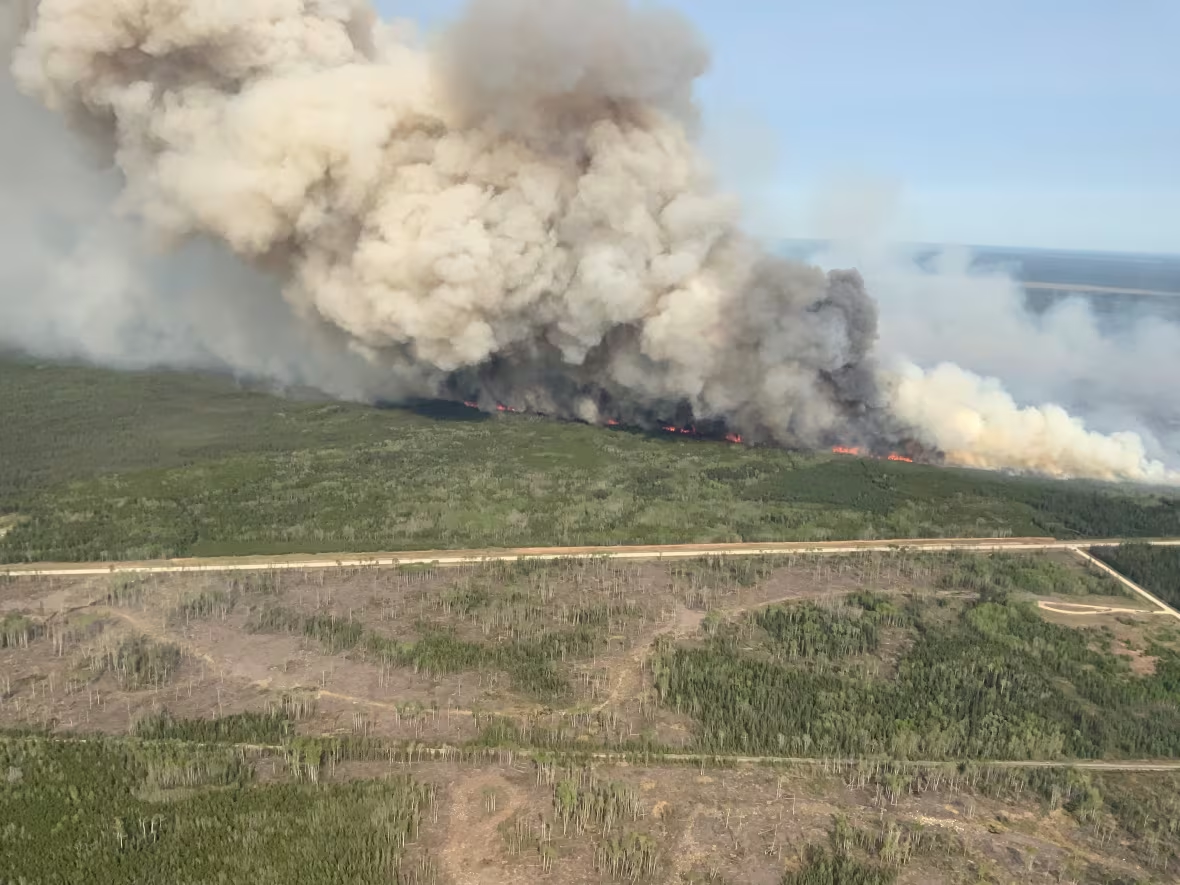
Worsening Fire Season and Environmental Impact
Manitoba’s 2025 fire season is off to an alarming start, with 102 wildfires recorded so far — well above the seasonal average of 77 for this time of year. The province is preparing for a wildfire season that typically spans from May to September, anticipating ongoing challenges.
Fire Statistics and Climate Factors
-
Manitoba currently has 22 active wildfires.
-
Nearly 200,000 hectares of forest have burned in the past month alone, which is triple the average annual acreage scorched over the previous five years.
-
Experts attribute this spike to prolonged warm and dry conditions, part of a changing climate pattern increasing the frequency and intensity of wildfires.
-
Canada as a whole is experiencing 134 active wildfires across several provinces, including British Columbia, Alberta, Saskatchewan, Manitoba, and Ontario, with about half classified as out of control.
Climate change is a key driver behind these trends. Premier Kinew noted, “For the first time, it’s not a fire in one region — we have fires in every region. That is a sign of a changing climate that we are going to have to adapt to.”
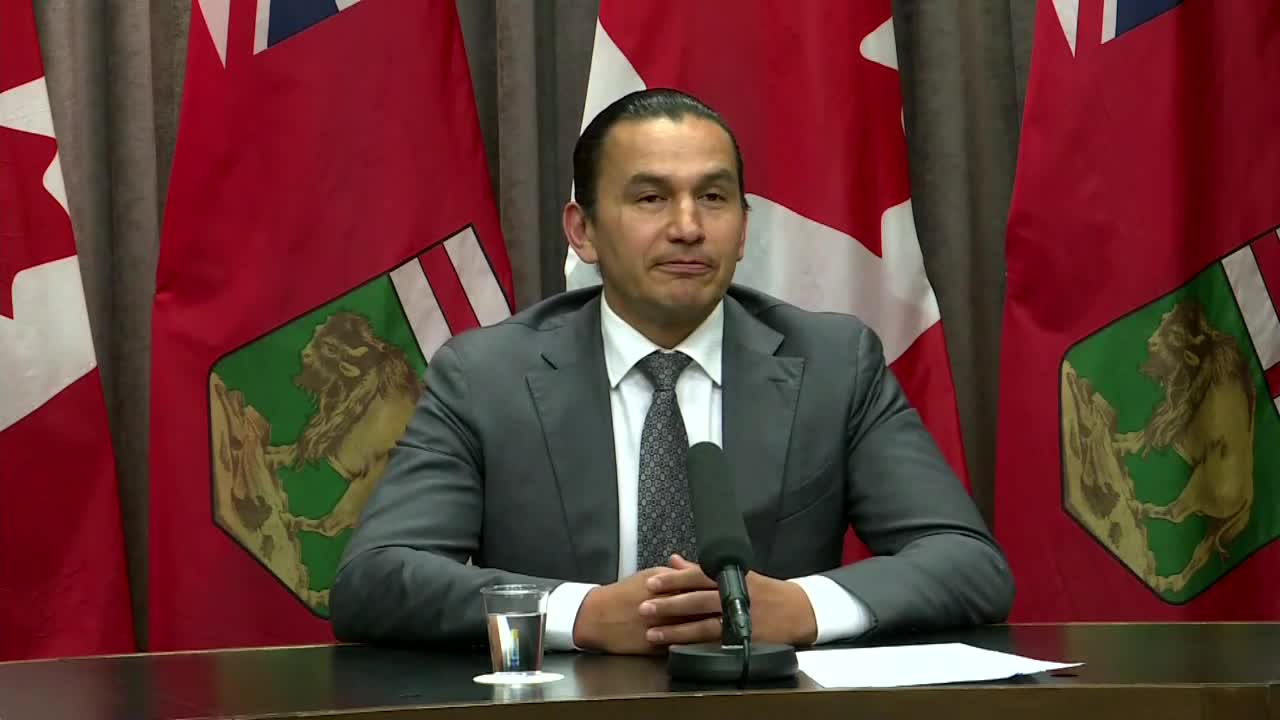
Broader Implications: Wildfires Turning Carbon Sinks into Carbon Emitters
A new report from the United Nations University Institute for Water, Environment and Health highlights a worrying global shift: forests and peatlands, historically crucial carbon sinks, are increasingly becoming massive carbon emitters due to rising wildfire frequency and intensity.
-
In 2023, Canadian wildfires burned 18.5 million hectares, releasing roughly 23% of the global carbon emissions from wildfires — nearly six times the 20-year Canadian average.
-
These fires contribute significantly to atmospheric carbon, undermining efforts such as the Voluntary Carbon Market (VCM), Reducing Emissions from Deforestation and Forest Degradation (REDD+), and other forest carbon mitigation policies.
-
The report warns of a feedback loop where forests become heat reservoirs, triggering worsening wildfires and further increasing carbon emissions.
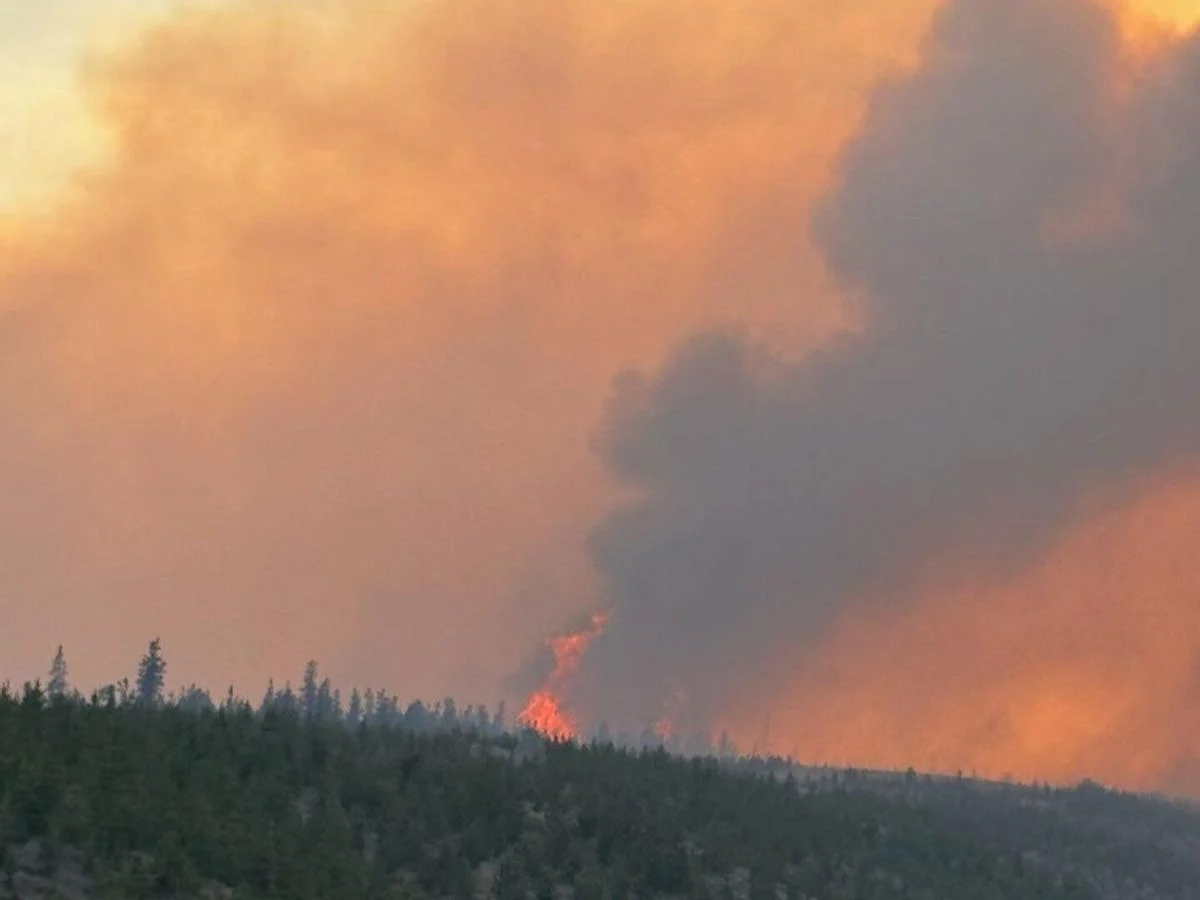
Impact on Communities and Emergency Response Efforts
The wildfire crisis has deeply affected residents and infrastructure:
-
In Flin Flon, evacuation traffic jammed the only open highway, with local petrol stations running out of gasoline, complicating the departure.
-
Essential items such as important documents, medications, and supplies for pets were rushed to be gathered by evacuees.
-
Firefighting efforts have faced setbacks, including temporary grounding of water bombers due to drone sightings in the area.
-
The crisis has also impacted nearby Alberta, where wildfires threaten oil and gas operations, including a 1,600-hectare blaze near Swan Hills that led to evacuations and temporary shutdowns by Aspenleaf Energy, affecting about 4,000 barrels per day of production.
-
Tragically, a firefighter was severely injured by a falling tree while combating the blazes and was hospitalized.
Earlier in the month, two residents of Lac du Bonnet lost their lives after being trapped by wildfires northeast of Winnipeg. In 2023, the worst wildfire season in Canadian history, only firefighters’ deaths were officially recorded.
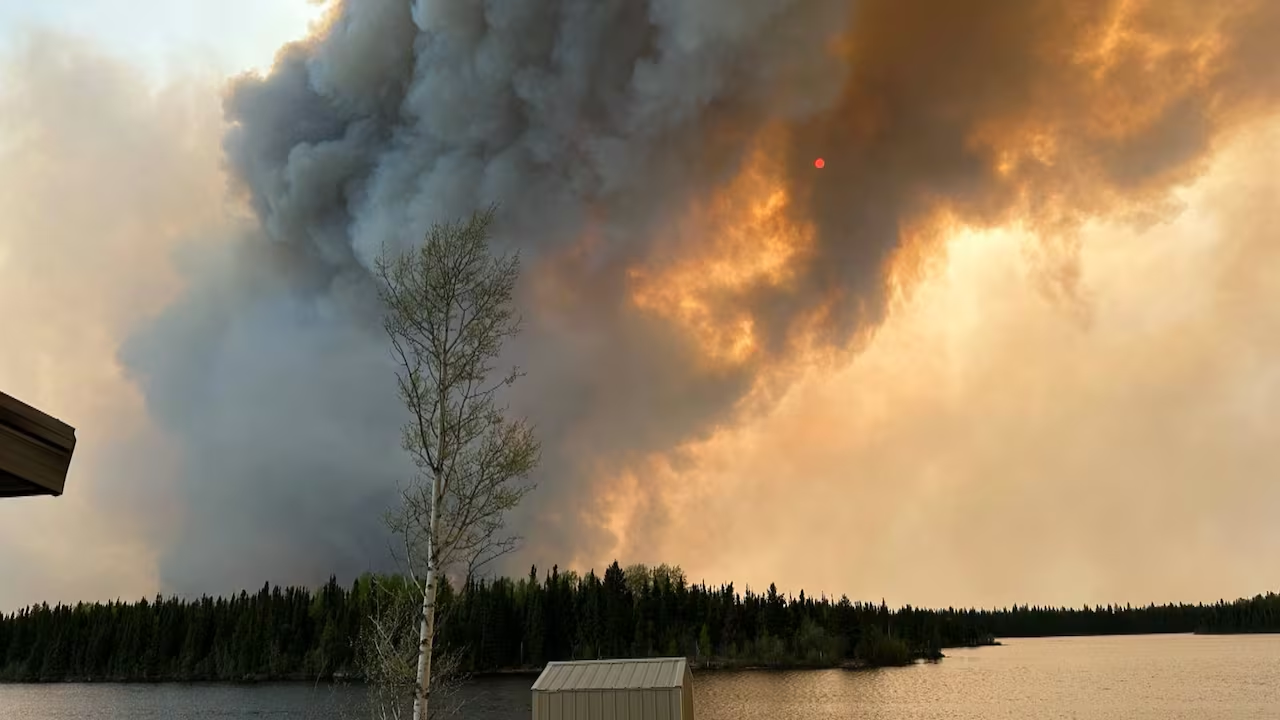
Canada’s Growing Wildfire Challenge Amid Climate Crisis
The situation in Manitoba underscores a national and global challenge:
-
The number of wildfires and the area burned are increasing year after year.
-
Fire seasons are becoming longer and more severe.
-
Wildfires pose risks not only to human health and safety but also to economic sectors, including energy production and natural resource industries.
-
The government response includes state emergencies, military assistance, expanded firefighting resources, and evacuation protocols, but the scale of the challenge requires adaptation to the new climate realities.

Manitoba’s wildfire emergency in 2025 exemplifies the growing threat that climate change poses to communities, ecosystems, and carbon balance worldwide. With thousands displaced, vast tracts of forest destroyed, and firefighting efforts stretched to their limits, the province is witnessing firsthand the profound impacts of a warming world. Coordinated government response, military aid, and community resilience are critical in managing the crisis — but long-term climate mitigation and adaptation strategies remain essential to prevent even more catastrophic wildfire seasons in the future.
With inputs from agencies
Image Source: Multiple agencies
© Copyright 2025. All Rights Reserved Powered by Vygr Media.

